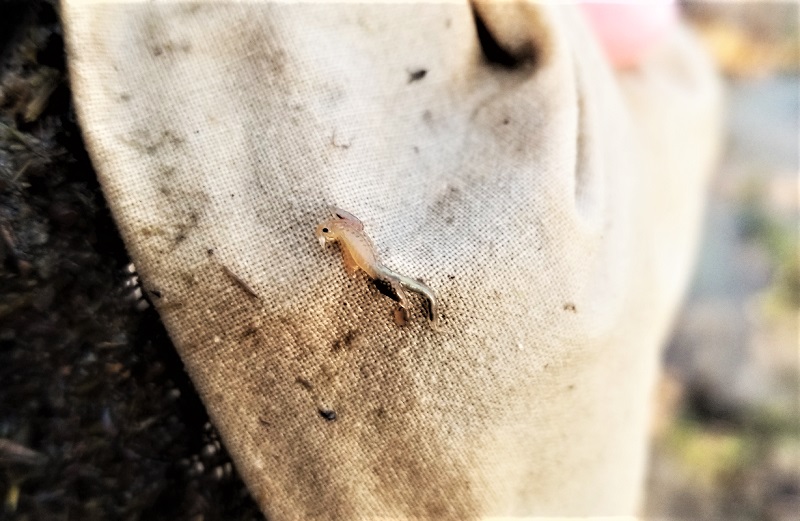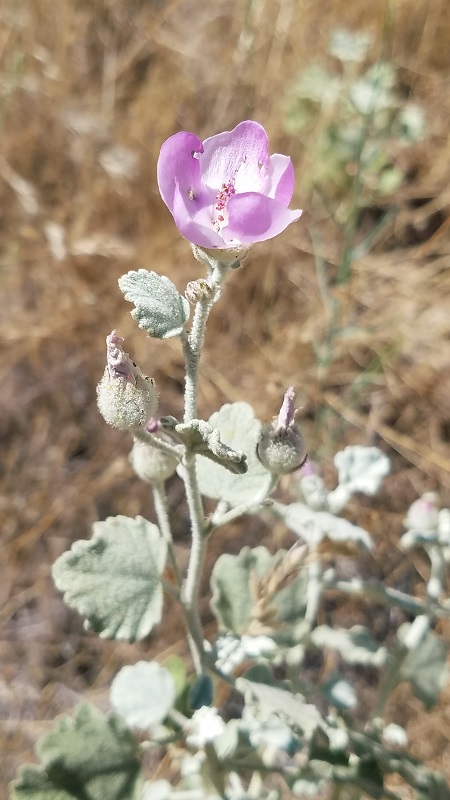
Branchinecta lynchi – vernal pool fairy shrimp
Submitted by Sean M. O’Brien of Helm Biological Consulting
Sean discovered some vernal pool fairy shrimp in a vernal pool east of the city of Madera. These creatures may be tiny but have a large list of interesting features! They were listed as threatened under the Endangered Species Act in 1994. They grow to be less than an inch in size and use their many legs to swim on their backs. These legs also aid in their breathing and feeding. They use their legs to free algae and plankton from the water body surfaces. They produce a thick gluey mixture and combine this with their food before eating it. Even with many legs, vernal pool fairy shrimp are defenseless and only live in temporary bodies of water where aquatic predators cannot survive. Vernal pool fairy shrimp are endemic to Oregon and California and have suffered population declines due to the destruction and degradation of vernal pools for the sake of urban and agricultural endeavors. Currently, the CNDDB has 791 vernal pool fairy shrimp occurrences that span from Shasta County to San Diego County. Great job, Sean, for capturing a picture of this tiny but mighty species!

Malacothamnus jonesii – Jones’ bush-mallow
Submitted by Jason Dart and Kristen Anderson
This mallow is a favorite of butterflies and pollinators as well as hummingbirds attracted by all the little insects. This, along with its velvety grey color, makes it a sought-after plant in native nurseries but it can also be found in the wild along the southern California coast in chaparral and cismontane woodland. Jason Dart and Kristen Anderson found the plant growing in the wild in San Luis Obispo County and submitted their observation to the CNDDB. Malacothamnus jonesii was originally listed in the 1974 first edition of the CNPS Inventory of Rare and Endangered Plants as rare but not endangered and is currently considered a California Rare Plant Rank 4.3 plant (limited distribution in California; not very threatened in California). These delicate pink flowers can be seen blooming from as early as March through the summer into October, so there is still a little time to see them. A very big thank you to both Jason and Kristen for all the important work you share and this awesome photo!
Do you have some great photos of rare plants or wildlife detections? Submit them along with your findings through our Online Field Survey Form and see if your photos get showcased!